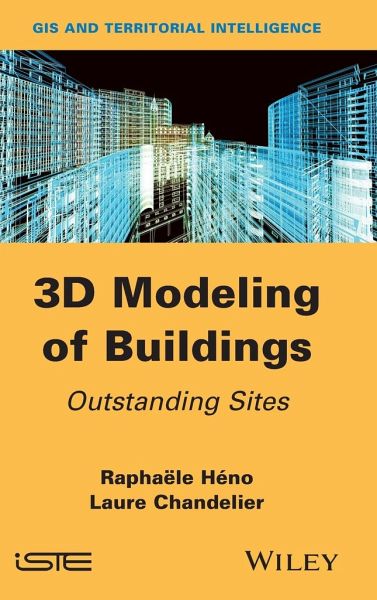
3D Modeling of Buildings
Outstanding Sites
Versandkostenfrei!
Versandfertig in über 4 Wochen
159,99 €
inkl. MwSt.
Weitere Ausgaben:

PAYBACK Punkte
80 °P sammeln!
Conventional topographic databases, obtained by capture on aerial or spatial images provide a simplified 3D modeling of our urban environment, answering the needs of numerous applications (development, risk prevention, mobility management, etc.). However, when we have to represent and analyze more complex sites (monuments, civil engineering works, archeological sites, etc.), these models no longer suffice and other acquisition and processing means have to be implemented. This book focuses on the study of adapted lifting means for "notable buildings". The methods tackled in this book cover lase...
Conventional topographic databases, obtained by capture on aerial or spatial images provide a simplified 3D modeling of our urban environment, answering the needs of numerous applications (development, risk prevention, mobility management, etc.). However, when we have to represent and analyze more complex sites (monuments, civil engineering works, archeological sites, etc.), these models no longer suffice and other acquisition and processing means have to be implemented. This book focuses on the study of adapted lifting means for "notable buildings". The methods tackled in this book cover lasergrammetry and the current techniques of dense correlation based on images using conventional photogrammetry.












